
One example:
A 5th grader entered my free reading program. He was reading between 2nd and 3rd grade with very low comprehension. He was also having trouble with aggressive behavior at school. After only 21 weeks of one-hour, once-a-week tutoring using vowel clustering, he was reading at the 6th grade level with strong comprehension scores.
I used the vowel clustering program as written in my newest book, Why Can’t We Teach Children to Read?
When you train children to read for details, their comprehension scores increase, their understanding of the material that they read is much better.
Let’s look at an example. Since we are all scurrying around getting ready for Christmas, I decided to use a Christmas example.
One program that I use this time of year is my Christment Workshop. A Christment is an ornament made from beads and chenille stems. As shown in the picture, the Christment tree tells the story of Christmas. Children (even 4-year-olds) can make a simple ornament. My books provide step-by-step directions, patterns, and pictures. Each ornament is graded by skill level needed for completion, so that all ages may be included.
Following step-by-step directions is one of the best ways to build comprehension skills.
Yes, you actually help students learn to comprehend what they are reading when they apply what they read to a hands-on project. Almost any hands-on project works.
_____________
For more information on teaching comprehension skills, see: Reading Comprehension
https://www.groupcentered.com/reading-blog/reading-comprehension
_____________
Christments are easy to make, and the children love making them.
These simple ornaments may be used at home by families, in the classroom by teachers, or even in assisted living facilities with seniors who are working on building their skills.
I’ve even used the beaded candle ornaments from the Christment books at my reading clinic. Candles are not necessarily related just to church. The children practice reading, following directions, and comprehending what they are reading as they make the candles. And yes, we have fun as well as learn.
My group made simple candles and took them home to hang in their bedroom window as a suncatcher. The candles of course also work on the Christmas tree. The point is that you are teaching comprehension skills. These are skills that all children, teens, and adults need to learn.
For more about my Christment tree books and other publications, click below to the link to my books.










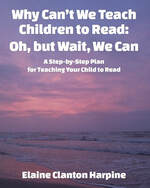

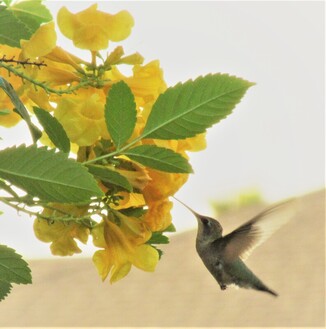
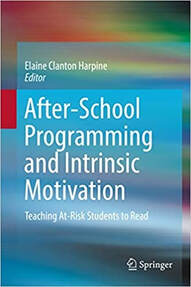
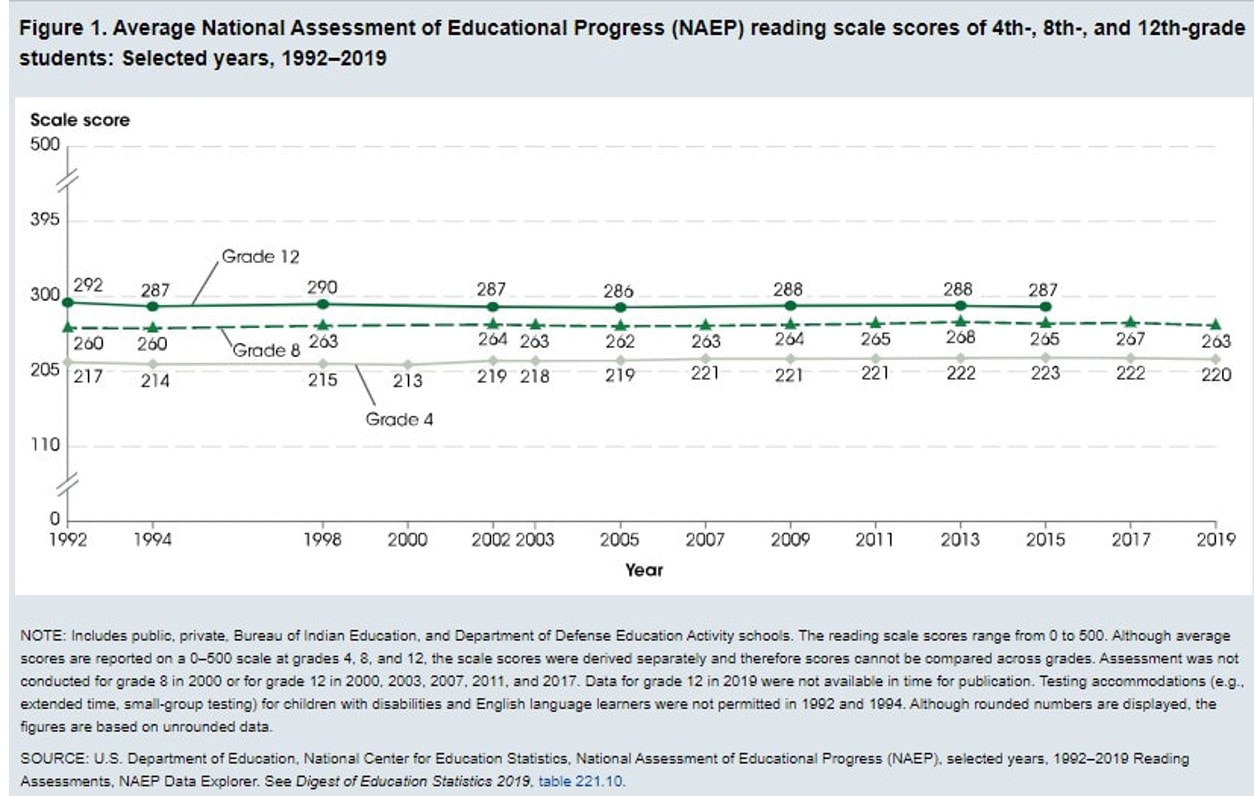

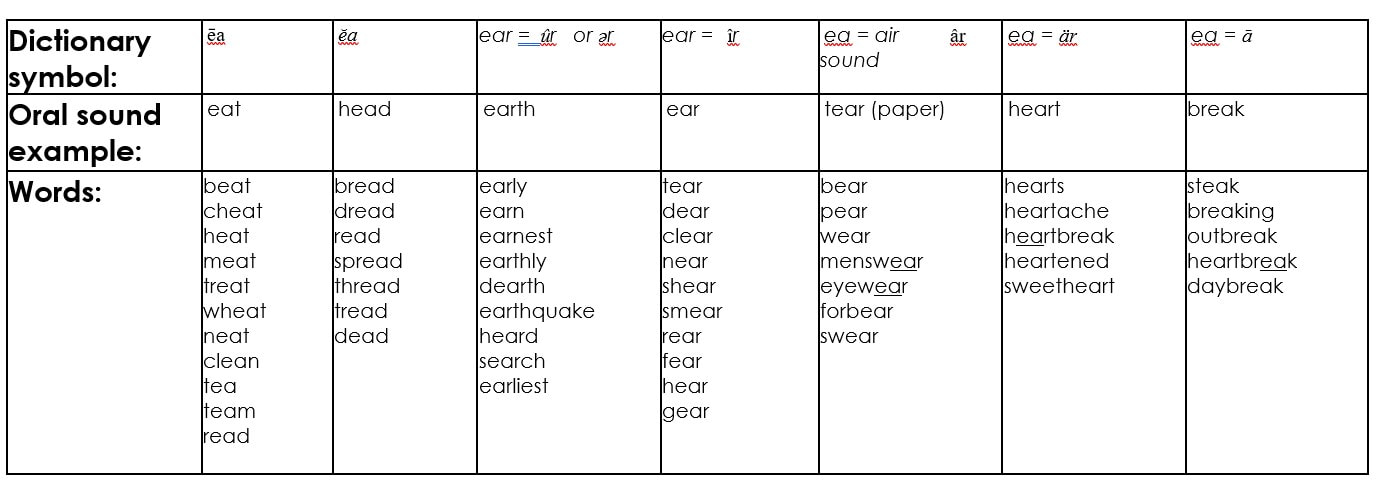
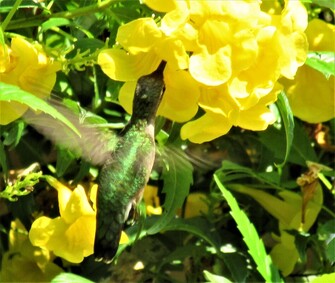
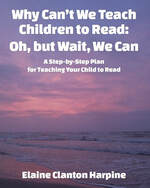
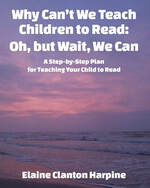

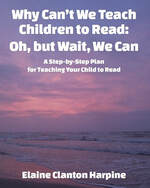

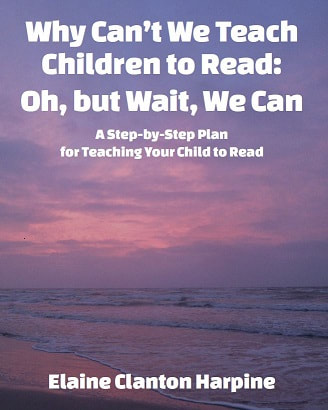
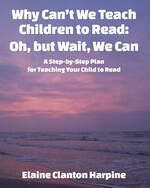
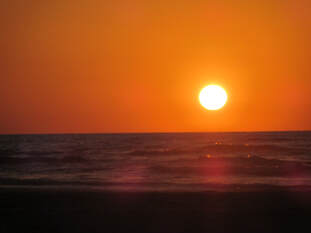
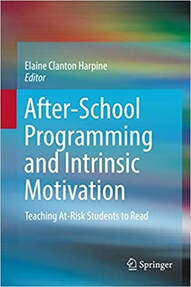
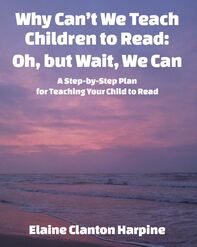

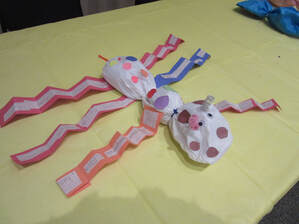
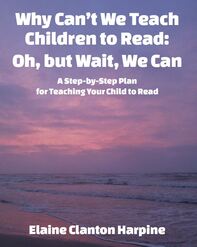


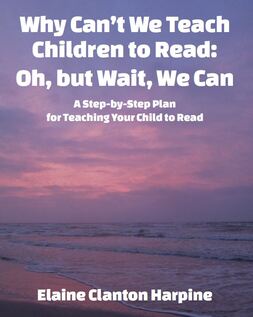
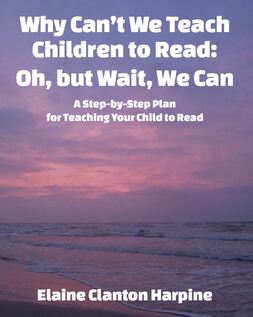
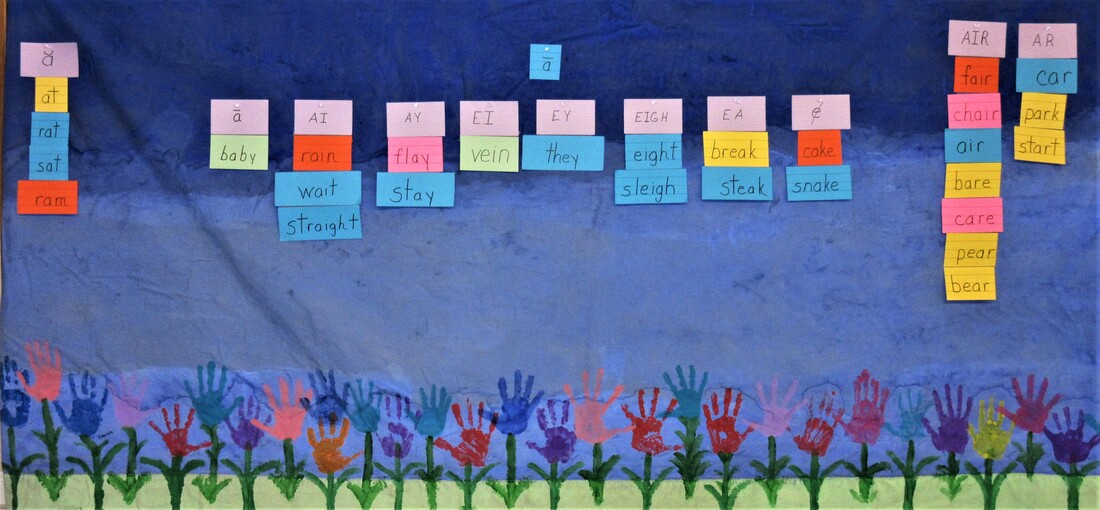
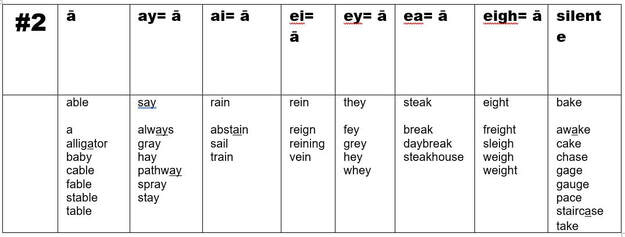
 RSS Feed
RSS Feed
